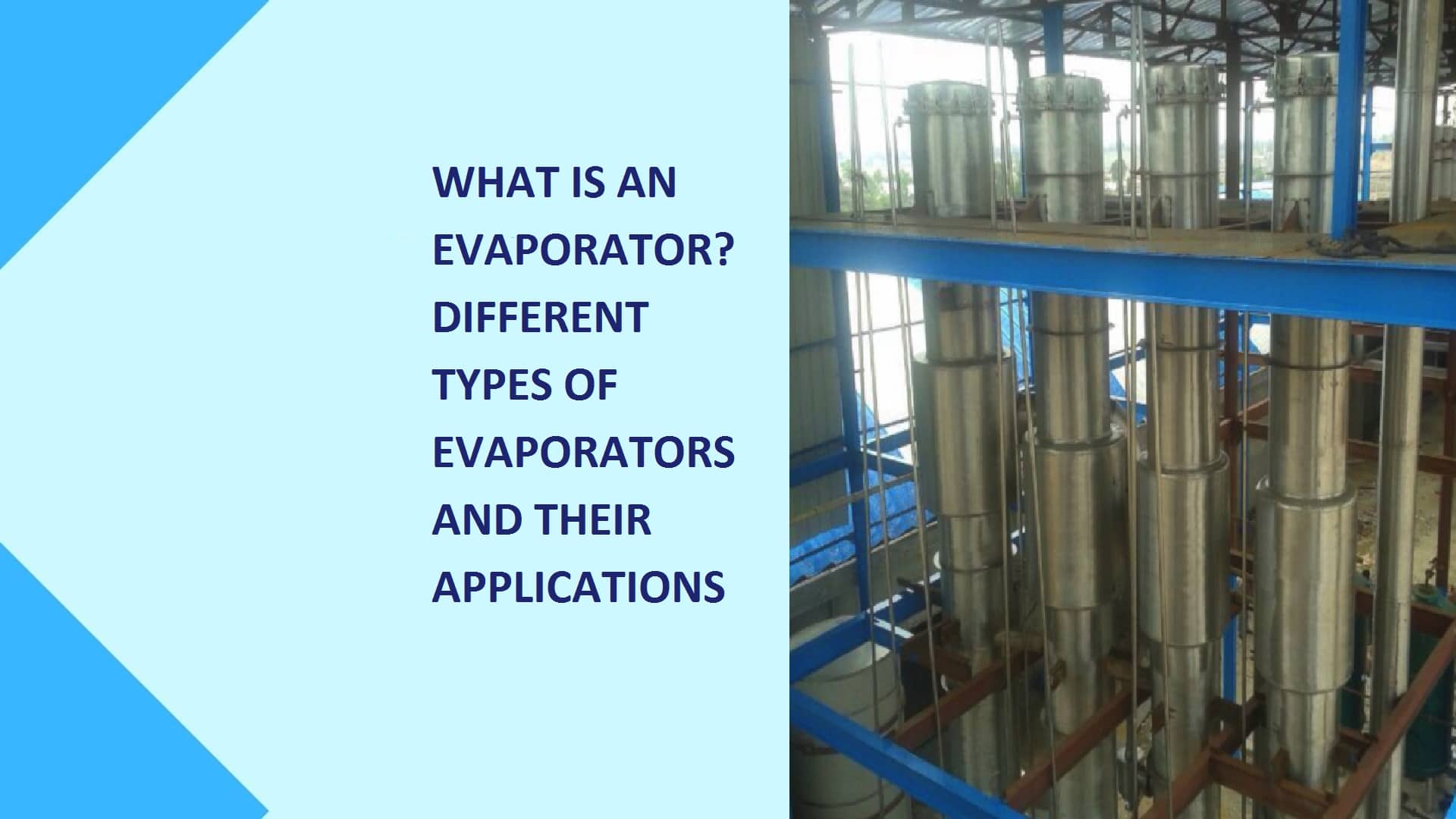
The Ring Dryer is a special development of the Flash Dryer Incorporating an internal airborne recycle For greatly improved operation…
Know More...We are pleased to introduce MKS INDUSTRIAL SOLUTIONS as EPC based organization provides engineering services from feasibility studies to designing the world’s most advanced industrial engineering technologies to the global industrial market.
Our dedicated front-end organization delivers optimum full field development solutions and in-depth specialized technical studies.
For more than 15 years MKS has developed industry-leading expertise on Process Engineering Technologies as Distillation, Evaporation, Drying, Fermentation, and Separation Process Techniques for product Development in Bio Processing Industries, Food Processing Industries, Chemical Processing Industries.

The Ring Dryer is a special development of the Flash Dryer Incorporating an internal airborne recycle For greatly improved operation…
Know More...
A heat exchanger is a device used to transfer heat between two or more fluids. In other words, heat exchangers are used in cooling and heating.
Know More
Our project feasibility study services can help you in understanding the scope of your project from all the angles.A feasibility study is an analysis that takes all of a project’s relevant factors into account
Know More
MKS industrial Solutions is a reliable name in the industrial world for offering project consultancy services. Its various services are: Pre-feasibility study
Know More